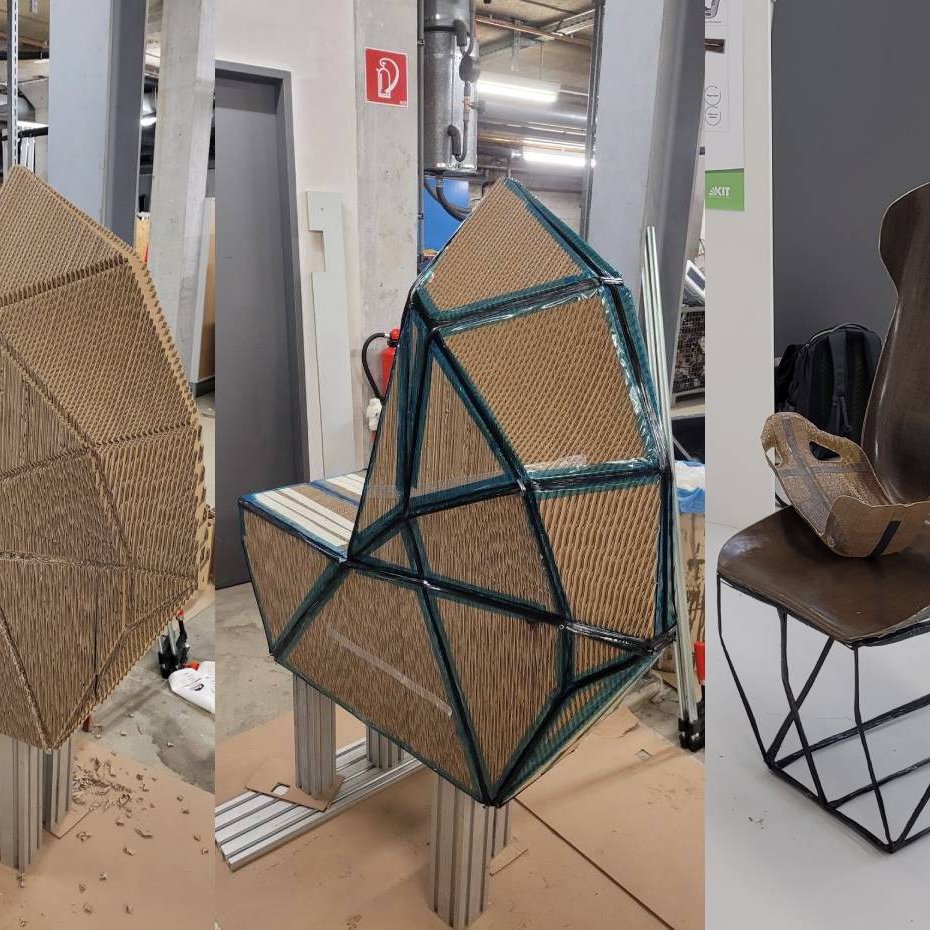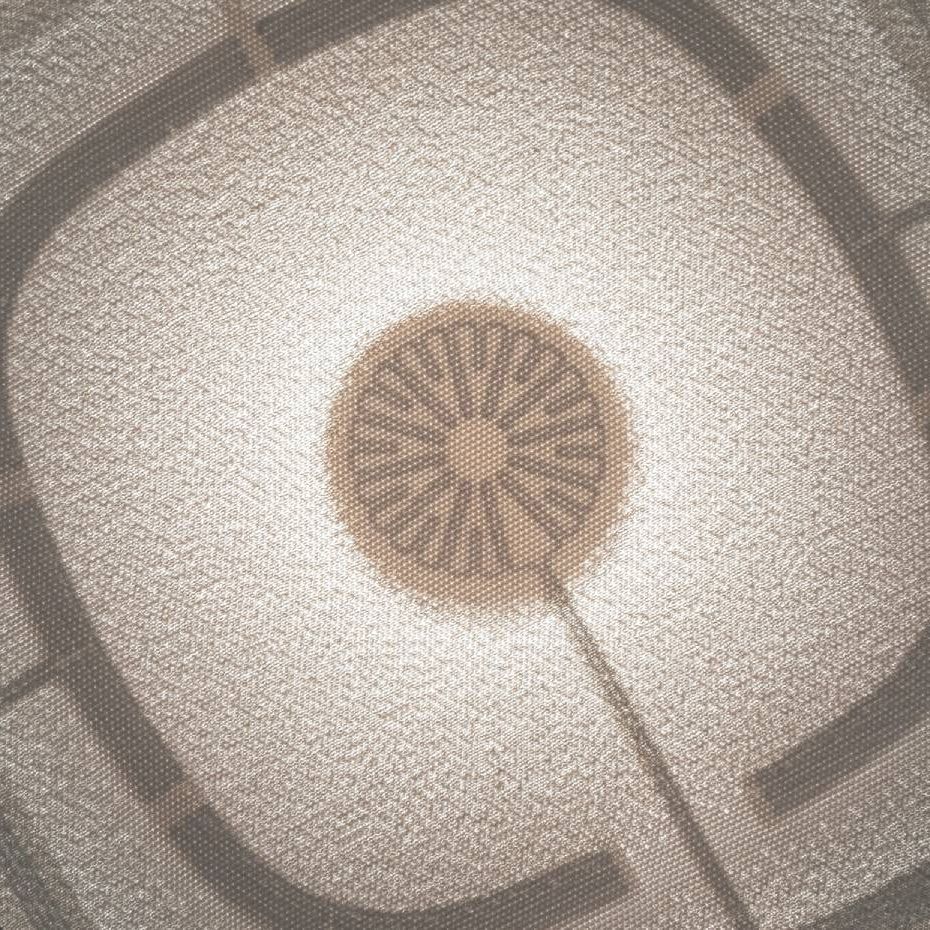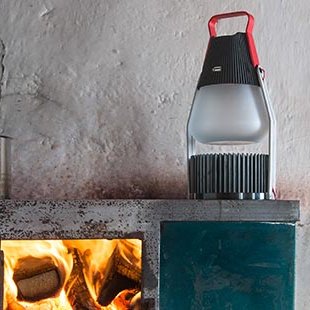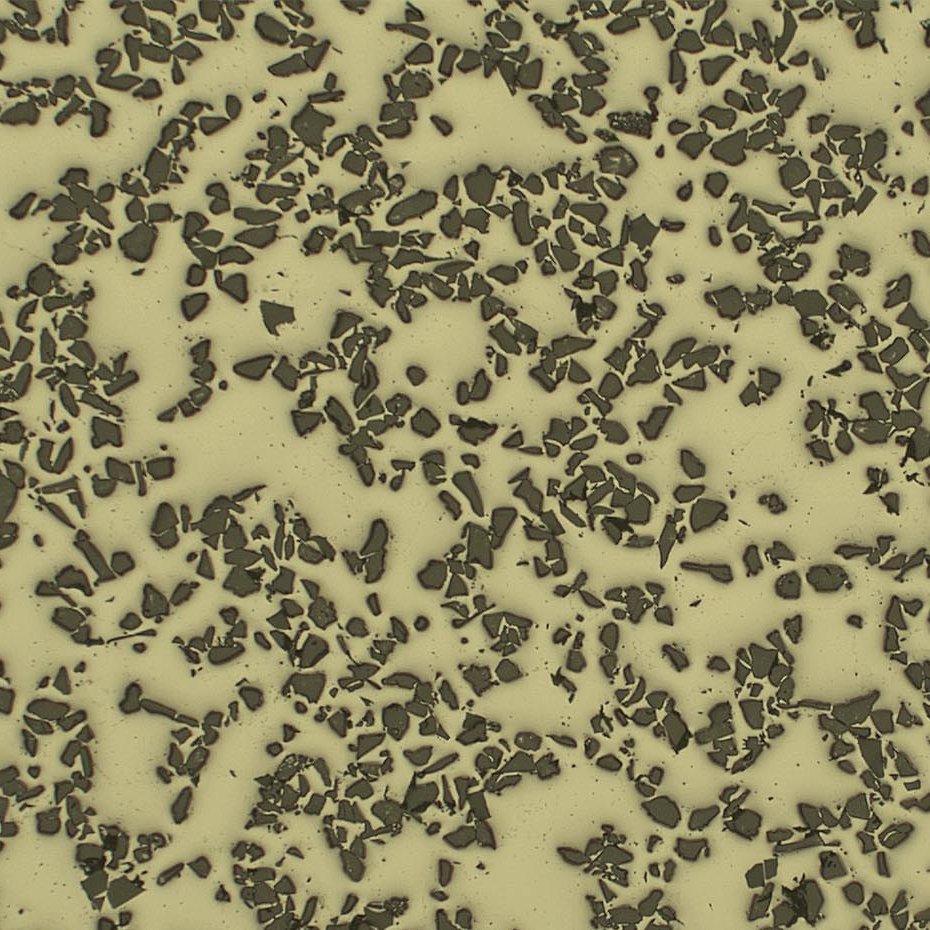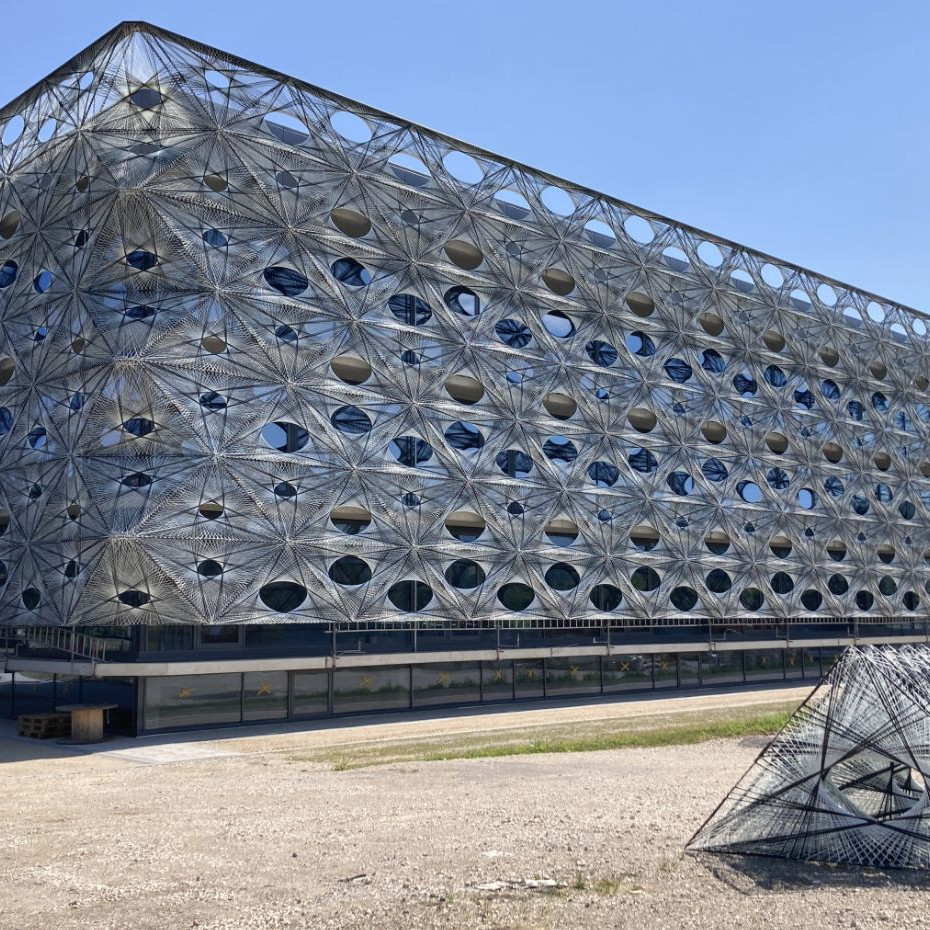Material Revolution
Sustainable and multifunctional Materials for Designers and Architects
Bath & Culture
April 2011
publisher
Folkwang University

Air-purifying mosses, foamed material made from mushrooms, lights made from algae fibre or water-resistant mosaic panelling made from coconut shells – our product and material culture stands before a radical transformation. Due to dwindling oil resources and increasing demands from emerging markets like India and China, the petrochemical age is nearing its end. In recent years, we witnessed an economic battle about rare earth metals, which are important for the development of products from many hightech fields, such as wind power, hybrid motors and solar technology. The price of dysprosium, ytterbium, neodymium and other reached unknown heights in the summer of 2010.
In response to the threatening resource shortage, alternative materials are under development, which can be produced according to the principles of biotechnology and become part of material cycles. Reclaiming raw materials without loss of quality is the ideal vision of many producers and consumers and will gain importance in the future. We`re in a transition phase between two material cultures, which will pose great challenges, because our current structures are mainly aimed at consuming resources instead of using them. Although these two words might sound similar, this will radically change the requirements for products as well as their usage and disposal. Structures which have grown over decades will have to be discarded or modified.
Besides outstanding innovations in material technology in relation to resource conservation, we will mainly have to deal with hybrid forms in this transition of cultures: combinations of proven achievements and visionary innovations. Composite materials – one of the most hated subjects in discussion about ecology – will acquire nearly existential importance in this context, because composites combine various material qualities. In combination with the old, the new gets the opportunity to prove its economic value in a product. The fact that composites are difficult or even impossible to recycle may be contradictory with the aim of resource conservation, but is indispensible for a structural change in material culture.
Lately we`re also confronted with materials which can take over additional functions besides their mechanical qualities and can react to their context. Multifunctional materials change colour under the influence of warmth or light, become conductive for electricity or heat and are capable of filtering smells and toxic substances from the air with nano titanium dioxide surface.
Many materials have been created which will turn our bathing culture inside out. It`s totally open what this area of life will look like in future and which materials will be used. It should be obvious, however, that designers and architects have to play an important role in the development of a sustainable product culture relying on innovative and multifunctional materials. They`re the ones who determine the choice of material in product development and in the realization of interior design and, by doing so, translate a technological option into a target group specific functional quality.
Following the trend in other areas, where professional creatives have already forced the development and implementation of new material concepts and production methods, architects and designers will also introduce new materials into the bathroom. Producers have proven the functionality of translucent stone, invented by architect Aron Losonczi, for sinks and shower cabins as well as the qualities of water-sensitive stone Solid Poetry or of retroreflective concrete BlingCrete, which can display temporary information or decoration. Water- and scratch-resistent ceramics wallpaper ccflex might even have the potential to completely replace ceramic tiles in the bathroom in the long run.
However, the potential of synthetics made from organic raw material, such as cellulose polymers, or materials resulting from organic production processes, such as mushroom rigid foam, for the bathroom is still questionable. The possibility to exchange petrochemical synthetics with biopolymers for foils, tubes or small containers is obvious. But innovative material concepts such as base- and water soluble polymers would offer the possibility to completely redesign product worlds. The specific characteristics of the bathroom context could be opened to a new product culture. Especially in the last-mentioned fields it`s unclear what will happen in the next years and a detailled examination by the creative professions is required. Therefore, designers from all fields are called upon to rethink the future. It has started … the revolution of materials!
Some of the materials mentioned in the text are presented in the book: „Material Revolution“
image: Mossy Hill (source: Makoto Azuma)
Parali Design from rice straw
22 June 2025
At the Parali design studio, Aarushi Mittal uses traditional techniques to…
Natural fiber reinforced car seat
22 October 2023
The focus of the project "Design for Recycling" is a seat shell that is made…
Liquid Metal Dispensing
28 August 2025
By embedding conductive liquid metals in stretchable textiles and soft…
Furniture for the additive mass production
10 August 2024
The Swedish interior agency "Industrial Poetry" has investigated the inherent…
IGNIS – Light from waste heat energy
12 August 2020
The availability of affordable, independent and, above all, clean electrical…
Brake disc with reduced fine dust
21 April 2021
Fine dust endangers our health. One of the main sources is traffic, especially…
Texoversum
15 July 2023
With the "Texoversum", Reutlingen University has put into operation a training…
Bolometer chips for precise power measurement in fusion reactors
11 April 2025
At Fraunhofer IMM, a so-called bolometer chip was developed for precise power…
Xarvio – Digital Farming
8 January 2021
BASF Digital Farming GmbH has received the renowned Crop Science Award for the…

